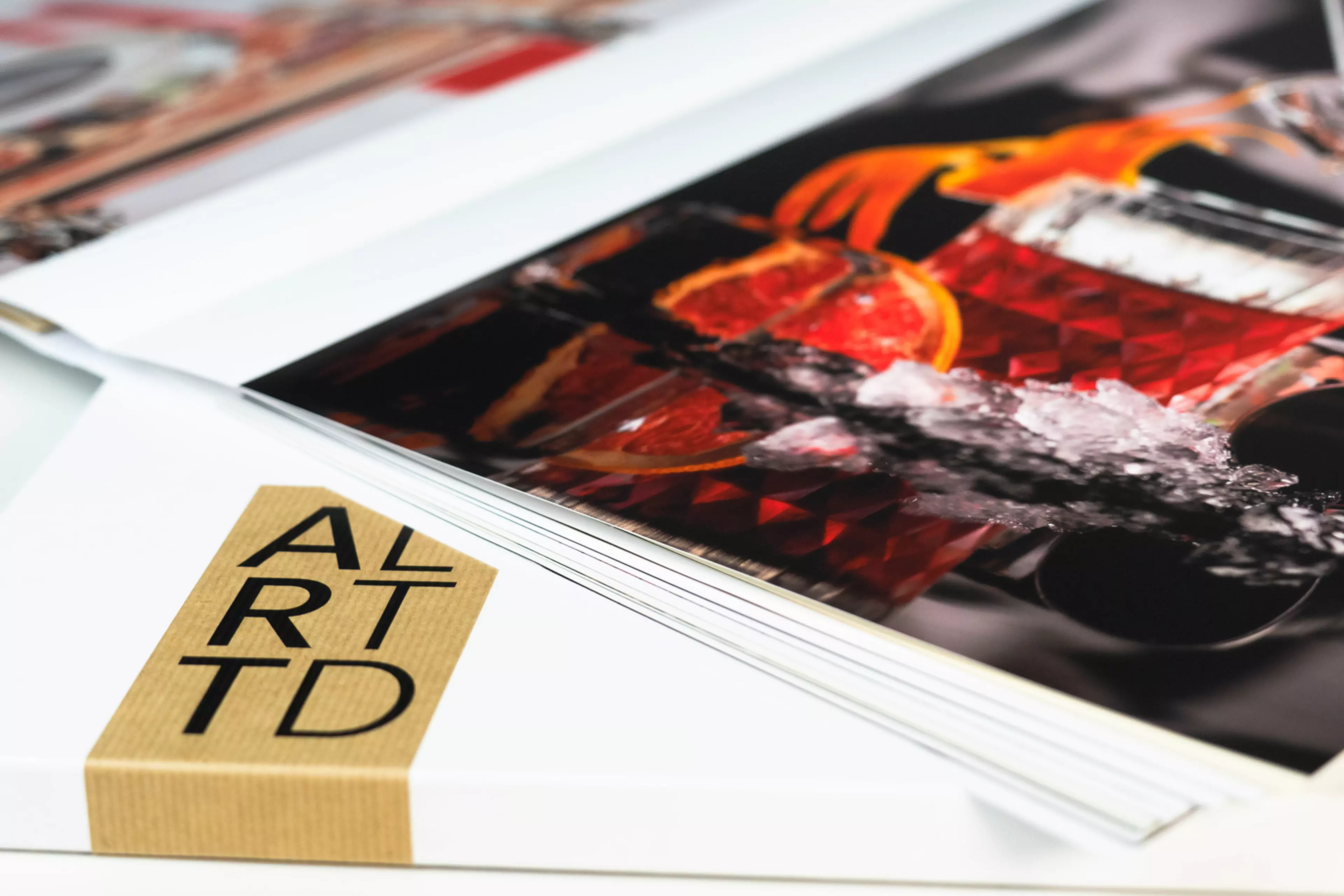Demand for printed collateral is evolving as it strives to meet the need of an increasingly digital world. Consumers today have the luxury of choosing from a number of ways they can engage with information, communicate with their favourite brands and access relevant content. The result is shorter print runs across various applications – whether it is highly personalised and focused content or carefully curated short runs. For marketers there is greater pressure to efficiently and effectively manage budgets while also demonstrating return on marketing investment (ROMI).
With one eye on these drivers for print there has been an evolution on printing processes and production technologies. Developed to respond to this greater need for agile and flexible productivity, digital inkjet printers deliver high quality, colour rich results, on demand, from runs of one to runs of thousands. Their specially formulated ink ensures high quality digital print that will be instrumental in building market share and encouraging commercial printers to adopt the offset rivalling technology.
The shaping impact this is having on the printing industry was highlighted in Smither’s "
The Future of Inkjet Printing to 2029". It projected that significant growth rate of 6.6% CAGR, aided by the shift from analogue to digital printing, technological advancements, and increasing requirements for sustainable packaging, will result in its value reaching $125.9 billion by 2029.
Key Growth Opportunities
1 Packaging
The packaging industry is undergoing a transformation, driven by the need for customization, shorter production runs, and sustainable solutions. Inkjet printers meet these demands with their flexibility and ability to produce high-quality prints on a variety of substrates. Brands are increasingly using inkjet technology to create personalized packaging that enhances customer engagement and loyalty. This trend is particularly evident in the rise of cost-effective limited edition and seasonal packaging, where quick turnaround and customization are crucial. Inkjet can also support an eco-friendly approach with only what is ordered being printed. There is no need to hold stock or waste unused print.
2 Labels

3 Books
The publishing industry is also benefiting from inkjet, especially with the trend towards print-on-demand (POD). This model reduces waste and storage costs by printing books only when they are ordered. Inkjet printing offers superlative text and image reproduction, catering to the needs of both large publishing houses and independent authors. It also opens up new possibilities for niche publishing, allowing authors to bring specialized or limited-interest content to market without the financial risk of large print runs.
4 Graphics
In the realm of graphics, inkjet is revolutionizing the production of posters, banners, and other large-format prints. The technology's ability to print on a wide range of materials with vibrant colours and fine details makes it a preferred choice for advertisers and designers looking to create impactful visual communications. Whether it's for indoor displays, outdoor advertising, or trade show graphics, inkjet provides the quality and versatility needed to stand out in a crowded marketplace.





